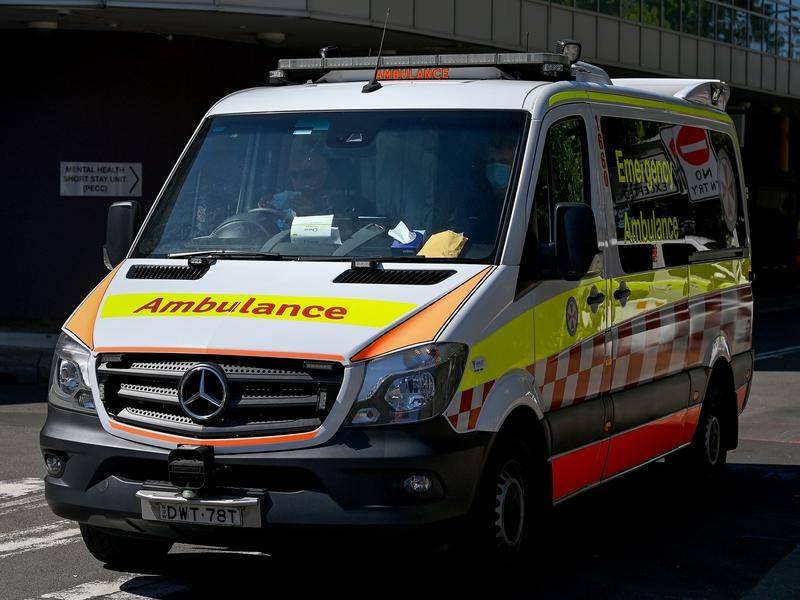Emergency medicine experts will be quizzed about bottlenecks at NSW public hospitals and widespread ramping of ambulances, as hospitals remain under extreme stress after more than two years battling the COVID-19 pandemic.
The NSW parliamentary inquiry gets under way on Wednesday with president of the Australasian College for Emergency Medicine, Clare Skinner, the first to be grilled about the pressure hospitals and ambulance services are experiencing.
James Gray from the Australasian College for Emergency Medicine and John Bruning, CEO of the Australasian College of Paramedicine, will also give their perspective on the crisis.
The Labor opposition announced the upper house inquiry in July, saying it was required to take a comprehensive view of the issues facing the state’s hospitals.
“It will shine a spotlight on what we regard as a crisis … in emergency departments right throughout NSW in public hospitals,” Labor leader Chris Minns said.
The latest Bureau of Health Information quarterly report revealed patients waited longer in EDs and faced unprecedented waiting times for ambulances between January and March.
Mr Minns is concerned the turmoil is being shouldered by frontline workers forced into long shifts.
Two senior specialist emergency doctors set to appear at the inquiry said western Sydney emergency departments are under constant strain from overcrowding.
Pramod Chandru and James Tadros could not recall a day in the last three years where ambulance ramping and access block did not interfere with a patient’s treatment.
Access block occurs when hospitals cannot admit new patients through emergency departments due to a lack of beds.
“At the beginning of our careers, access block and ambulance ramping were exceptions … phenomena that were reserved for only the busiest days of the weeks,” the pair wrote in a submission to the inquiry.
The current emergency department model had previously provided world class healthcare but was now out of touch with current standards, they said.
Overcrowding is hampering the training of junior doctors and nurses, with staff training in situations that senior doctors were also completely unfamiliar with.
“We are demanding of them greater and greater risk-taking behaviour, and teaching them norms that might not translate to safe clinical practice,” they said in their submission.
“The burden of risk is a heavy weight to carry for the uninitiated.”
The Australian Medical Association’s latest Ambulance Ramping Report Card found increased reports of ramping in the past two years, with people needing to be driven to the ED when no ambulances were available and patients dying while waiting for an ambulance.
“States and territories are falling short of their performance targets and longitudinal data demonstrates that the time it takes to transfer a patient from the ambulance to the care of the hospital emergency department has been overall increasing year on year,” the AMA said.
“This is a clear indication that our hospitals are in crisis.”
– AAP
The post Probe into NSW ambulance, hospital crisis appeared first on The New Daily.

















